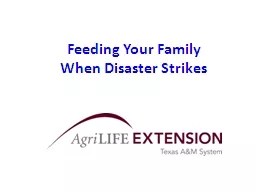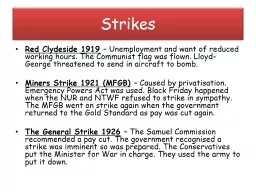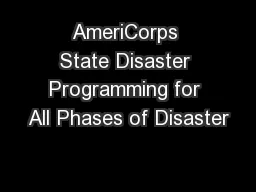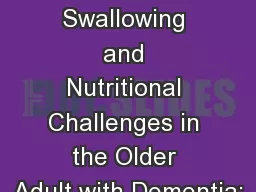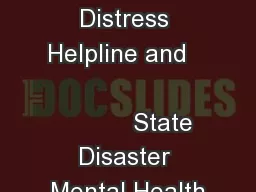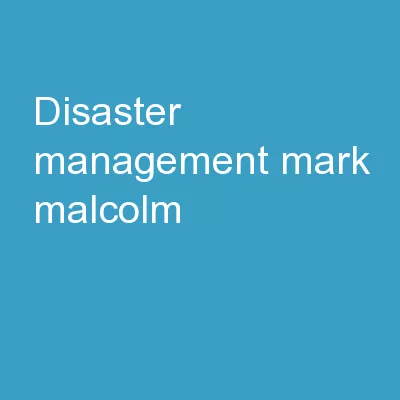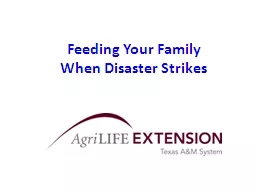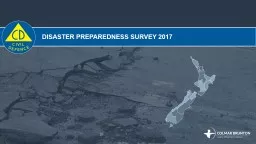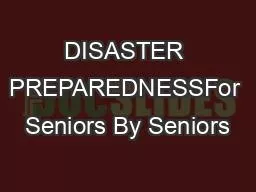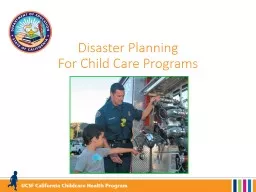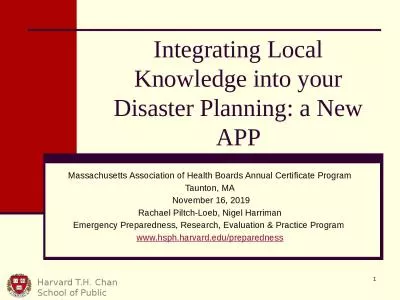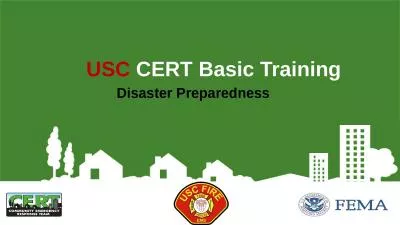PPT-Feeding Your Family When Disaster Strikes
Author : alexa-scheidler | Published Date : 2018-03-22
In this session Preparing for an emergency or disaster Foods to have on hand Keeping food safe during an emergency or disaster Prepare Prepare Prepare Assemble
Presentation Embed Code
Download Presentation
Download Presentation The PPT/PDF document "Feeding Your Family When Disaster Str..." is the property of its rightful owner. Permission is granted to download and print the materials on this website for personal, non-commercial use only, and to display it on your personal computer provided you do not modify the materials and that you retain all copyright notices contained in the materials. By downloading content from our website, you accept the terms of this agreement.
Feeding Your Family When Disaster Strikes: Transcript
Download Rules Of Document
"Feeding Your Family When Disaster Strikes"The content belongs to its owner. You may download and print it for personal use, without modification, and keep all copyright notices. By downloading, you agree to these terms.
Related Documents

